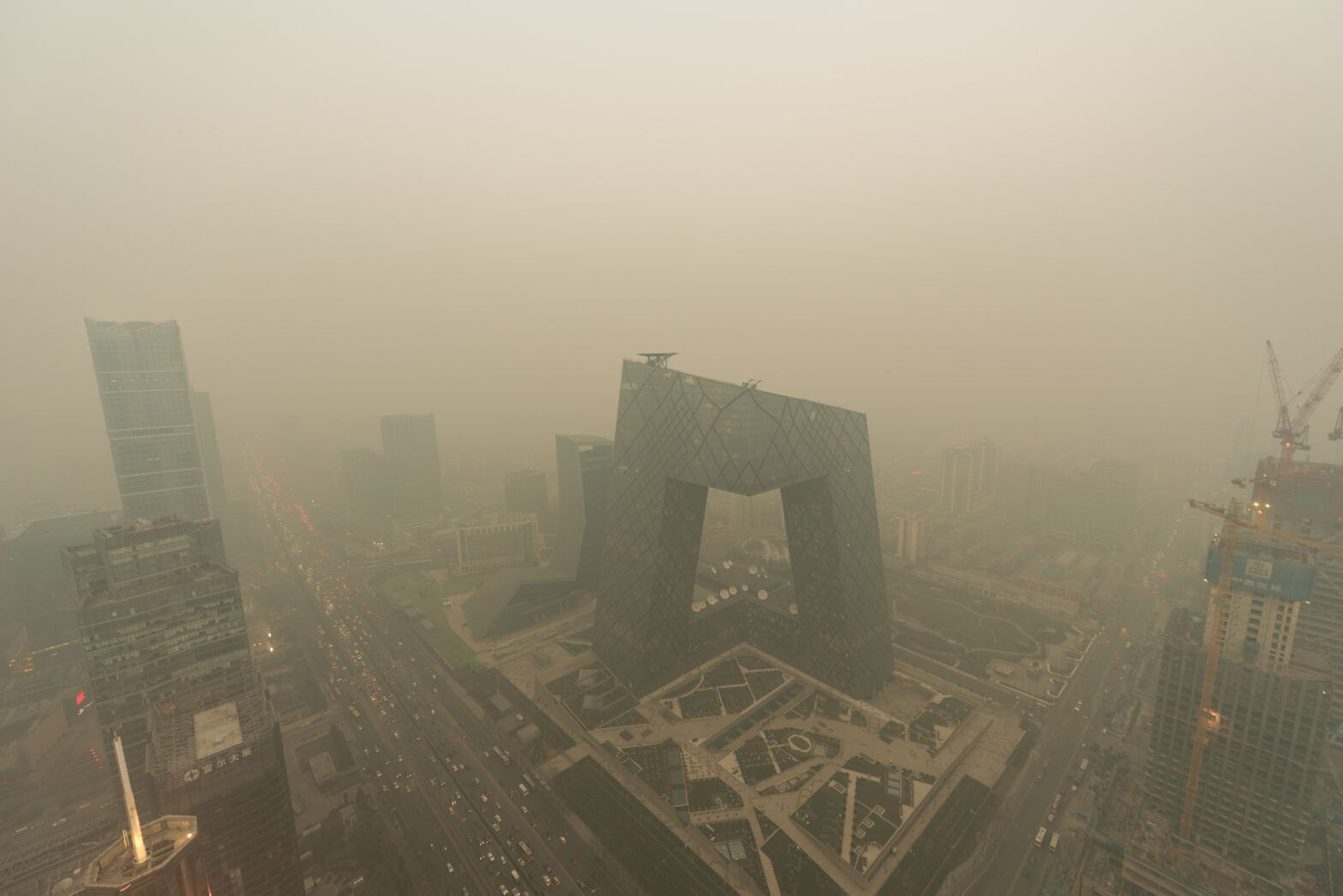For China to meet its carbon neutral target, traditional energy sectors will come under pressure while new, cleaner energy sources will offer more opportunities, according to the ratings agency.
Although China has an official target to achieve carbon neutrality by 2060, the big question is, how can it get there?
“Based on the 14th five-year plan, as well as the emission reduction target for 2030, we believe the 2030 target to achieve a peak in carbon emissions is achievable. But it means more aggressive reduction measures will have to occur after 2030 in order to achieve carbon neutrality by 2060,” said Boris Kan, vice president and senior credit officer at Moody’s Investors Service, at a webinar.
Specifically, Kan believes the biggest carbon emitting sectors in China – such as coal, steel, cement, and oil and gas – are the most exposed and will face more pressure to comply over the next decade.
In contrast, renewable energy, batteries and electric vehicles will benefit on the back of this carbon neutrality plan.
From a geographical perspective, Moody’s believes different provinces will experience divergence; for example, those with large exposures to heavy industries, such as Liaoning, and to coal mining operations, such as Shanxi, will likely face the biggest challenges when it comes to the low-carbon transition process.
A balancing act
The success of China’s carbon emission reduction plan will also depend to some extent on policy directions within the major developed countries.
For instance, carbon taxation measures in the EU will increase pressure on Chinese producers to comply with global standards and accelerate carbon emission reductions. These measures will only develop over time, Kan said.
As for the overall demand for power, the Chinese government faces a dilemma: while coal creates high carbon emissions, it is also the largest contributor to the overall power generation mix. And as power demand is still growing strong, any aggressive decarbonisation strategy will likely involve shutting down more coal power plants – which, in turn, will impact the power supply security, according to Moody’s.
According to Moody’s assumptions based on the government plan, if power demand in China increases by 1% to 5% from 2020 to 2030, the implied percentage change on coal power output will be in the range of -3%, +3% over the same period.
In other words, no significant decline in coal power output is expected over the next 10 years, even though renewables are expected to double, or even triple, during the same timeframe.
However, a relatively lenient government decarbonisation plan of the next 10 years will imply a much steeper downward path from 2030 to 2060.
“The challenge for us today is how we can best manage the situation for us and for future generations. Without question, banks, capital markets and investors will have a critical role in that future,” Wendy Cheong, managing director and regional head of Asia Pacific at Moody’s, added at the webinar.
Considering sustainability
At the same time, there is little doubt that ESG investing will shape financial markets and the industry over the coming decade.
In 2021 so far, within sustainable debt issuance in Asia, including green, social, sustainability and sustainability linked, loans have totalled over $80bn. And China accounts for roughly half of this activity in Asia.









